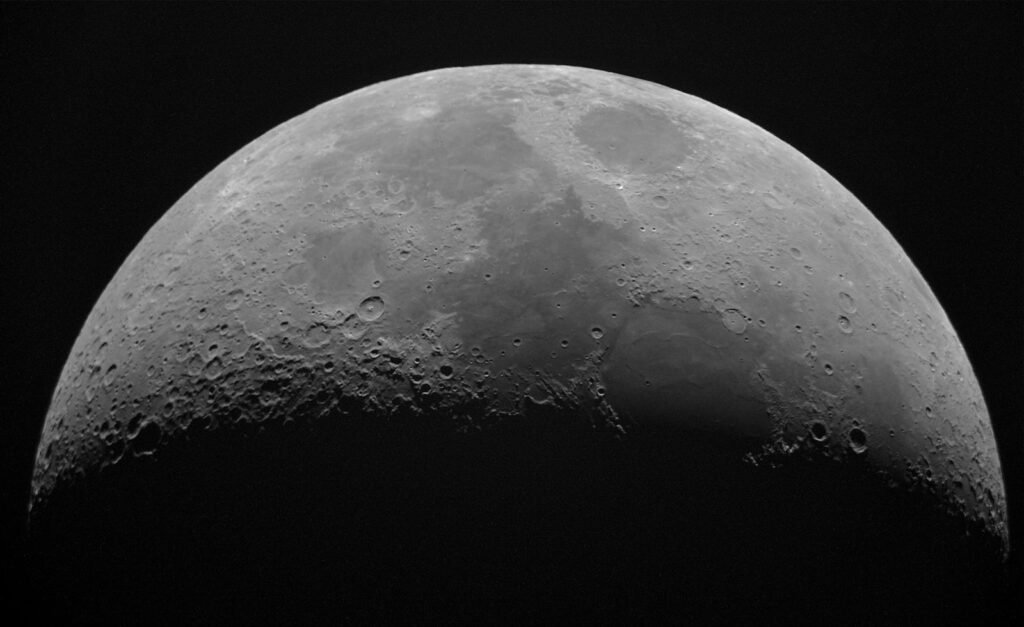For decades, the Moon played the role of the perfect desert, an airless relic that kept its secrets buried in dust and shadow. Then the data started to whisper: faint counts in a mass spectrometer here, a spectral bump in the infrared there, and a trickle of molecules showing up when no one expected them. The mystery was disarming and irresistible – if the Moon is so dry, why does its edge-of-space keep flashing signs of water? The answer unfolding now is more nuanced, more dynamic, and frankly more exciting than the old picture. The Moon is leaking water vapor, not as dramatic geysers but as a quiet breath from sunlit slopes and impact-bruised regolith, and NASA’s instruments have been patient enough to catch it in the act.
The Hidden Clues
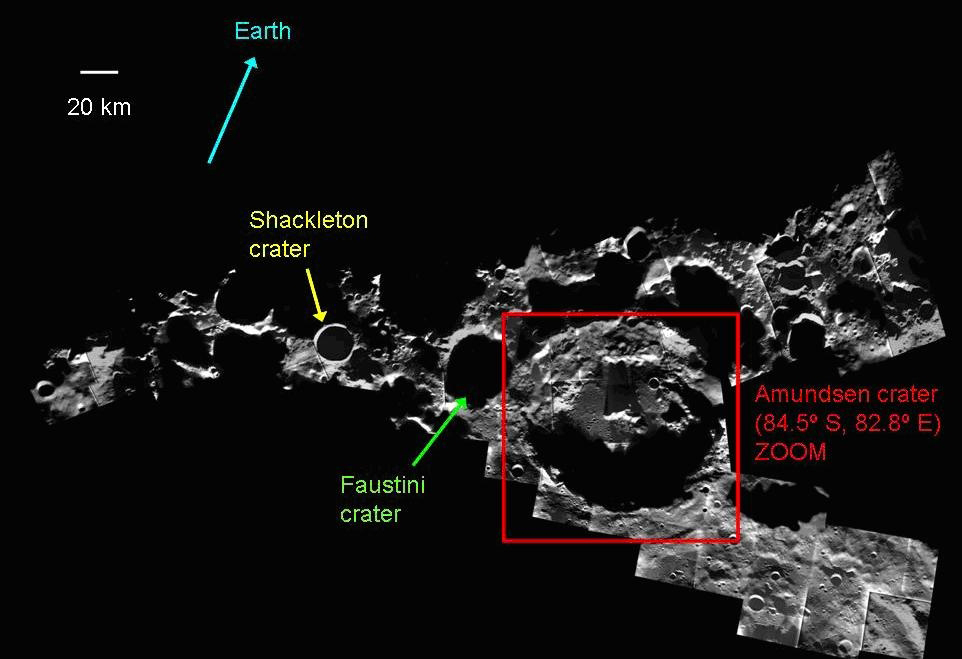
Think of the lunar exosphere as the world’s thinnest whisper, a near-vacuum where molecules rarely meet and every atom’s journey is a solo trek. In that fragile realm, a single whiff of water stands out, and that’s exactly what instruments began to see: brief pulses that rose and faded with the passing of micrometeoroid streams and shifting sunlight. The phenomenon isn’t a roaring fountain; it’s more like frost sighing off a window at dawn, delicate and fleeting yet measurable. Researchers watched the timing, checked background noise, and traced the patterns until the signal persisted beyond doubt. What emerged was a picture of a surface that releases water in tiny, episodic puffs, a living chemistry set under relentless solar radiation. I remember the first time I zoomed through the raw plots late at night; those little spikes looked like heartbeats.
From Ancient Tools to Modern Science
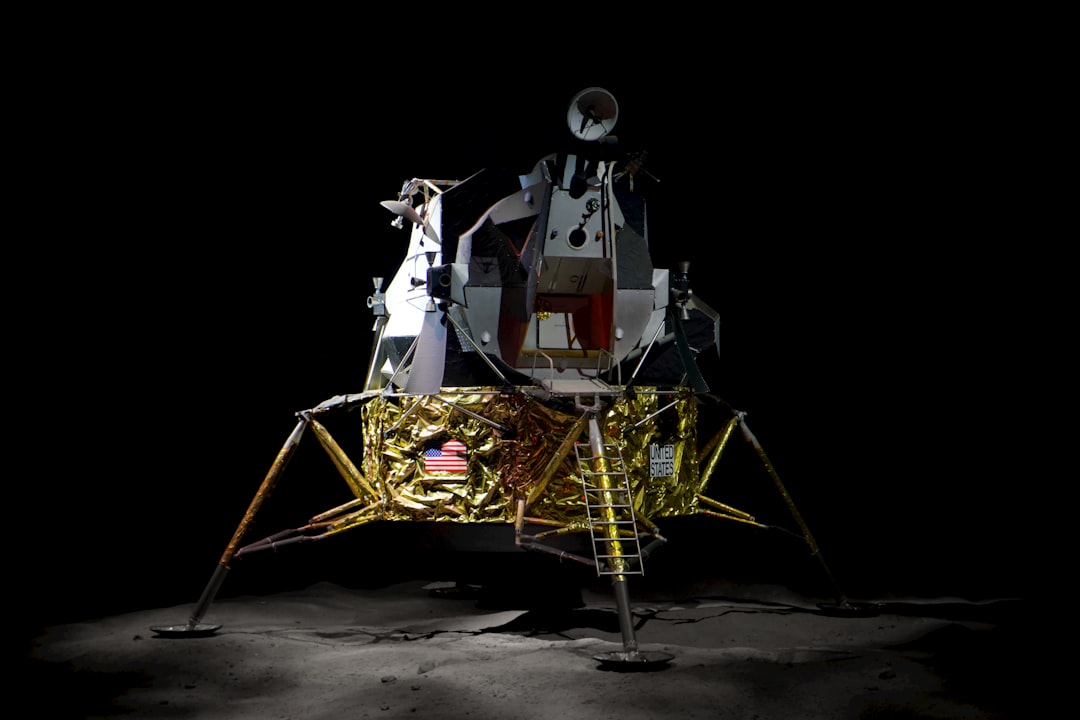
The journey to this realization runs from Apollo’s suitcase-sized instruments to a flotilla of modern orbiters and airborne observatories. Apollo 17’s experiments hinted at a tenuous lunar atmosphere, but it was NASA’s Lunar Atmosphere and Dust Environment Explorer that mapped the exosphere with new precision. LADEE’s sensors orbited low and fast in 2013 and 2014, catching ephemeral gases – including water-related species – during meteor showers and quiet lunar mornings. Later, the Lunar Reconnaissance Orbiter added crucial context by tracking temperature extremes and ultraviolet signatures that steer how volatiles move. Complementing those views, an infrared instrument aboard a high-flying telescope identified water signatures in sunlit terrain that many thought would be bone-dry. Together, these tools transformed the Moon from a static postcard into a dynamic system with daily and seasonal rhythms.
The Quiet Chemistry of the Exosphere
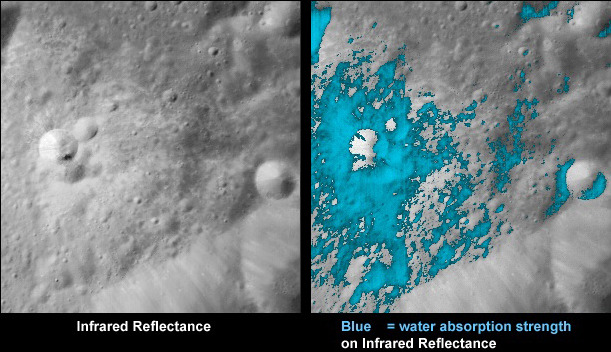
Water on the Moon doesn’t behave like it does on Earth; it hops. Solar wind protons embed in the soil and latch onto oxygen in minerals, making hydroxyl and, occasionally, water that bakes off when the surface warms. Micrometeoroid impacts jolt grains, cracking bonds and lofting molecules into the exosphere, where they fly ballistically before striking the ground again somewhere else. Nighttime chill can trap them temporarily, while permanently shadowed craters near the poles act as cold sinks that hoard whatever arrives. This leapfrog journey creates a slow migration, a kind of molecular pinball that redistributes water across latitude and time of day. It’s subtle chemistry, but over billions of years, subtle adds up to a surprising ledger.
The Data Trail

NASA’s measurements knit the story together with a mix of spectral fingerprints and timing clues that would impress any detective. LADEE’s neutral mass spectrometer recorded brief enhancements in water-related masses during certain meteor streams, suggesting impacts were shaking loose buried volatiles rather than creating them from scratch. The Lunar Reconnaissance Orbiter’s ultraviolet observations tracked how surface hydration waxes and wanes with local time, reinforcing a thermal release mechanism. Meanwhile, airborne infrared spectroscopy by NASA confirmed water on sunlit surfaces at specific locations, with concentrations measured in the range of hundreds of parts per million – small by Earth standards but significant on a world long labeled dry. Cross-matching these datasets reduces ambiguity, ruling out many contamination paths and pointing toward genuine lunar processes driving the leaks. The result is not a single smoking gun but a converging line of evidence, which in science is often stronger.
- Bursts of exospheric water align with periods of increased micrometeoroid activity, strengthening the impact-release hypothesis.
- Sunlit detections show water can persist at low concentrations even when temperatures rise, implying it is stored in or bound to minerals before release.
- Polar cold traps remain the likely long-term destination for migrating molecules, stockpiling ice over geologic time.
Why It Matters

This isn’t just a quirky lunar footnote; it reshapes how we plan to live and work beyond Earth. Earlier generations pictured the Moon as a closed case – a dusty museum where nothing moved – while the new picture shows a surface exchanging materials with a fragile exosphere every lunar day. That matters for resource planning because even trace water can be concentrated, harvested, and turned into drinking water or rocket propellant if located efficiently. It also matters for planetary science, because the Moon becomes a natural lab for understanding how airless worlds evolve under constant bombardment and solar wind.
Compared with traditional assumptions, the exosphere-centric view encourages missions to watch cycles, not just collect snapshots, and to measure contamination carefully because a single lander can masquerade as a geologic signal. The stakes are scientific, practical, and philosophical: a living Moon implies new rules for exploration.
The Future Landscape
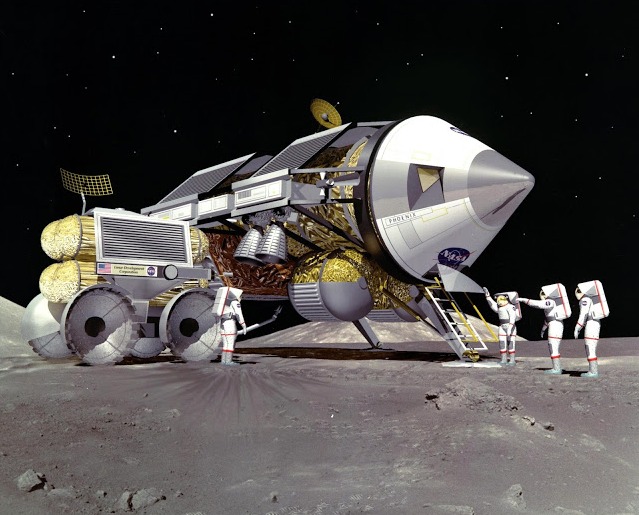
The next wave of lunar missions will treat the exosphere like a heartbeat to be monitored continuously rather than a curiosity to sample once. Expect compact mass spectrometers riding commercial landers, ultraviolet imagers staring at the limb for hours, and thermal cameras syncing with ground sensors to follow daily water release. Polar rovers designed to prospect ice will carry contamination monitors, because rocket exhaust can swamp genuine lunar water if teams aren’t meticulous. Data fusion will be the big unlock – combining orbital, surface, and even airborne measurements into real-time maps of where water is forming, hopping, and settling.
There are engineering challenges, including keeping sensors clean and cold enough to catch faint molecules, but the payoffs range from safer astronaut outposts to cheaper deep-space missions fueled by in-situ resources. If exploration is a marathon, exosphere monitoring is learning your stride.
Conclusion

You can help push this science forward even from your living room, and that’s not an exaggeration. Follow open mission dashboards and data releases from NASA and partner agencies, and share the best visualizations so the field gets the public scrutiny it deserves. Support university-led cubesat proposals and student-built instruments through small donations or alumni networks, because those payloads often fly first and take the biggest risks. Encourage local schools and libraries to host lunar nights that feature real mission data alongside telescope views, turning curiosity into the next generation of researchers.
Advocate for sustained funding of lunar science, not just headline-grabbing crewed milestones, because careful, long-duration measurements are what reveal a breathing exosphere. Even small actions – subscribing to mission updates, joining citizen-science classifications, or asking your representatives to back open data – have surprising leverage.

Linnea is a born and bred Swede but spends as much time as possible in Cape Town, South Africa. This is mainly due to Cape Town’s extraordinary scenery, wildlife, and atmosphere (in other words, because Cape Town is heaven on earth.) That being said, Sweden’s majestic forests forever hold a special place in her heart. Linnea spends as much time as she can close to the ocean collecting sea shells or in the park admiring puppies.

